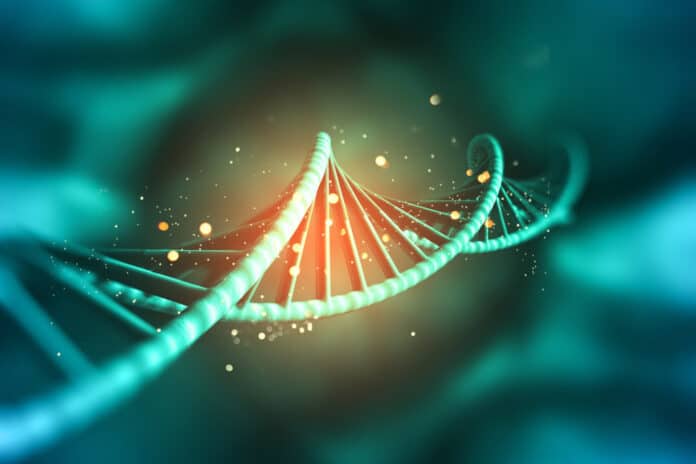Understanding the organization and spatial arrangement of DNA within the nucleus is crucial for unraveling the fundamental principles of cellular biology. Traditional static imaging techniques provide limited insights into the dynamic nature of DNA organization. However, recent imaging technology advancements have enabled real-time DNA organization monitoring with unprecedented precision. This study aims to explore the intricate patterns of DNA folding and unfolding in living cells using cutting-edge imaging techniques and computational analysis. This research can revolutionize our understanding of gene regulation, chromosomal structures, and disease mechanisms by uncovering the dynamic principles of DNA organization.
Performing cutting-edge scientific research often involves thinking innovatively and bridging different scientific disciplines. Serendipity can also play a role, as it did for David Brückner, a postdoctoral researcher and NOMIS fellow at ISTA. Attending a lecture by Professor Thomas Gregor from Princeton University, Brückner was inspired by the talk and reached out with an idea to interpret specific data sets presented by Gregor. Their collaboration has resulted in a publication in Science, highlighting the stochastic motion of two gene elements on a chromosome. These elements must randomly contact in three-dimensional space for the gene to become active. The study showcases the importance of interdisciplinary collaboration. It sheds light on the dynamics of gene activation in a spatial context.
The compaction of DNA within the cell nucleus is a remarkable process that involves coiling and condensing the long polymer into chromosomes. Despite their condensed state, chromosomes exhibit dynamic movements crucial for gene activation. This activation relies on specific regions of the DNA, enhancers, and promoters coming into close contact and binding to each other.
Scientists sought to understand these gene elements’ real-time, three-dimensional organization and movement, aiming to uncover the dynamic dynamics of DNA organization and the interplay between regulatory elements. By employing innovative techniques and interdisciplinary approaches, their research aims to bridge the gap between static imaging and real-time observations, providing insights into the fundamental principles of gene regulation and chromosomal architecture.
The activation of a gene was visually confirmed when the enhancer and promoter regions came into proximity, triggering the turning on of red light due to the tagging of RNA with red fluorophores. This real-time visual readout provided valuable information about the trajectories of these gene elements. The dense packing of DNA and its fast motion posed a challenge in analyzing the extensive dataset of stochastic motion. Leveraging his background in theoretical physics, Brückner applied two physical models: the Rouse model, which predicts loose structure and fast diffusion, and the “fractal globule” model, which predicts a highly compact structure and slow diffusion.
Surprisingly, the data indicated a combination of both models, revealing a highly dense structure with diffusion patterns described by the statistics from the Rouse model. This finding suggests that the binding of the gene regions is less dependent on their distance along the chromosome than previously believed, emphasizing the importance of long-distance communication in a dynamic and fluid system.
Depending on the organism, the enhancer, and promoter can be quite far from each other on the chromosome. “With previously used methods, you could get a static view of the distance between these elements, but not how the system evolves,” Brückner explains.
The findings of this study demonstrate the dynamic nature of DNA organization within the nucleus and its implications for gene regulation. The stochastic motion of distal DNA loci highlights the fluid and dynamic state of the system, enabling long-distance communication and facilitating gene activation. The compacted chromosome’s dense packing and fast motion allow enhancers and promoters to interact effectively, independent of their distance along the chromosome. This study provides novel insights into the transcriptional dynamics of DNA. It contributes to our understanding of gene regulation in three-dimensional space.
This research advances our knowledge of DNA organization and gene activation by capturing the real-time stochastic motion and transcriptional dynamics of distal DNA loci on a compacted chromosome. The interdisciplinary approach of combining advanced imaging techniques and physical modeling opens up new avenues for investigating the fundamental principles of gene regulation and chromosomal architecture.
Journal Reference:
- David B. Brückner et al., Stochastic motion and transcriptional dynamics of pairs of distal DNA loci on a compacted chromosome.Science. DOI: 10.1126/science.adf5568
